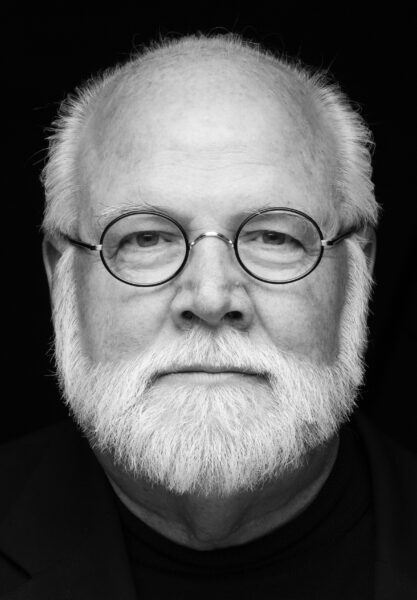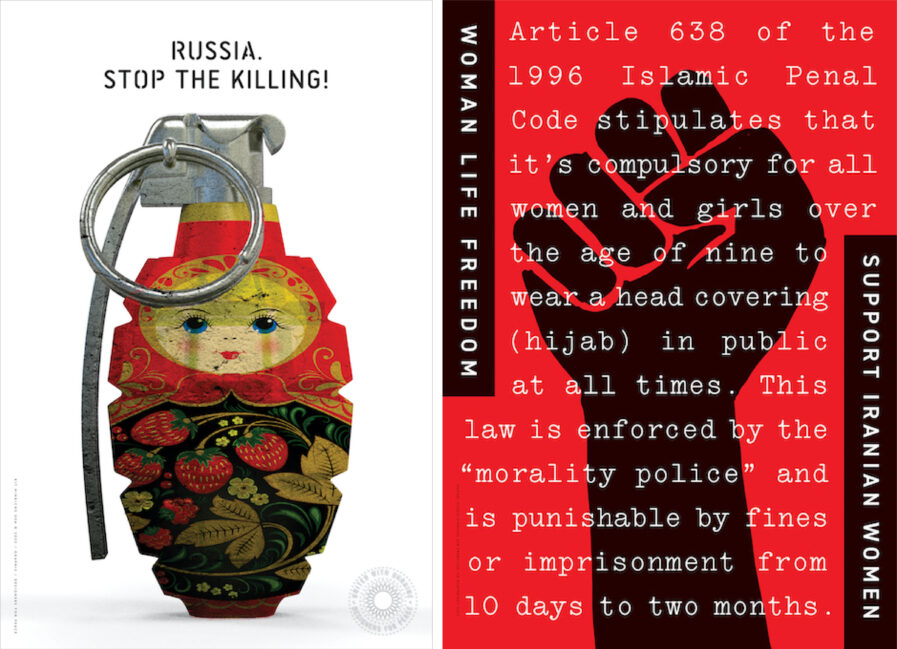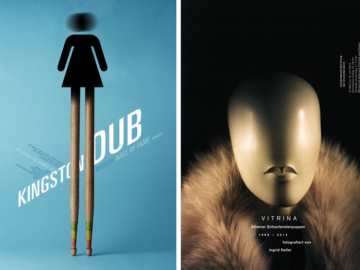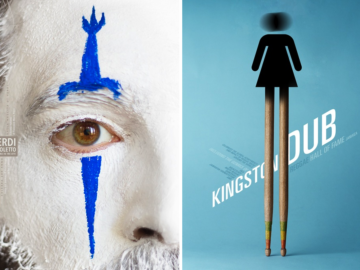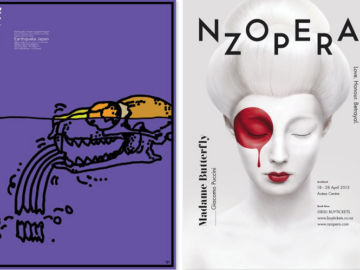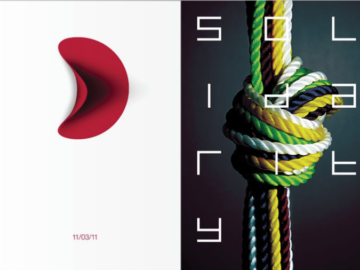In an era marked by global upheaval, designer and Graphis Master Kit Hinrichs continues to wield the power of protest posters to address critical issues. From historical movements to contemporary crises, Kit’s dedication to visual storytelling remains unwavering. Recent events like the invasion of Ukraine and the Iranian protests following Mahsa Amini’s tragic death highlight the enduring relevance of protest posters in our digital age. These tangible expressions of dissent serve as potent tools for communication and mobilization during transformative times.
Through initiatives like “Designers for Peace” (above, left) and the slogan “Woman. Life. Freedom.” (above, right), Kit, alongside designers Carrie Cheung and Taylor Wega, demonstrates how protest posters remain vital for raising awareness and advocating for change. As the principal and creative director of Studio Hinrichs, his legacy embodies the lasting impact of visual storytelling in the pursuit of justice and social progress.
By: Kit Hinrichs
For generations, designers, artists, and photographers have responded to the injustices throughout history, from World War I and II to the Civil Rights Movement to the Vietnam War, with the one tool they have—visual storytelling.
In many cases, it may be the only way we can attempt to steer the course of these monumental events at home or abroad. Two such important incidents happened in 2022: the Russian invasion of Ukraine on February 24, 2022, and the protests in Iran following Mahsa Amini’s death while in police custody on September 16, 2022.
I was so incensed by Putin’s war that I initiated a collaboration with B. Martin Petersen, publisher of Graphis, to create the Designers for Peace call for entries. Our intent was to not only create a strong poster series by gathering submissions from designers around the world but to also raise funds for the people of Ukraine by sending the proceeds to the World Central Kitchen and International Relief teams. Hundreds of designers from over 30 countries responded with a spectacular array of solutions, drawing attention to the plight of the Ukrainian people.
An international group of award-winning designers juried the competition. From the hundreds submitted, a select 60 were shown in a series of poster exhibitions held in the United States, Mexico, Canada, and South Korea. A catalog was also created for the exhibition, which included the platinum and gold winners.
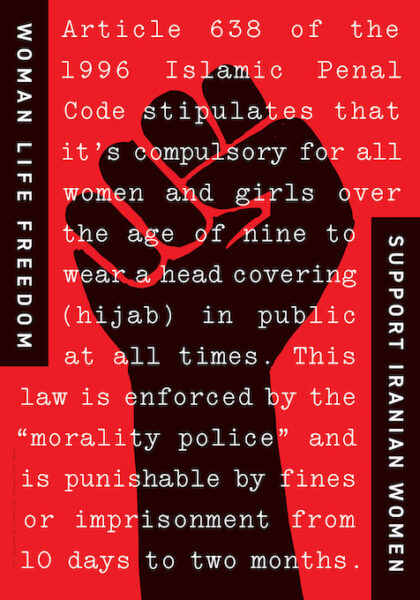
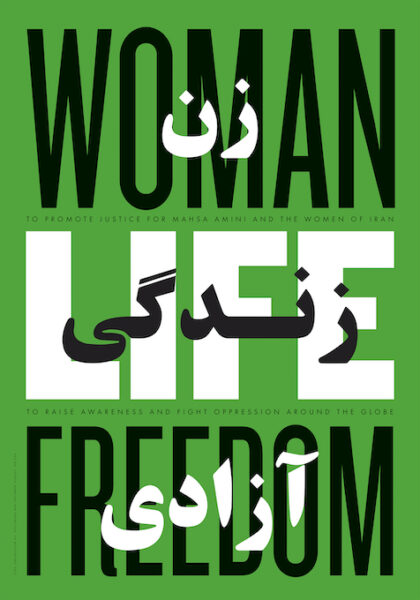
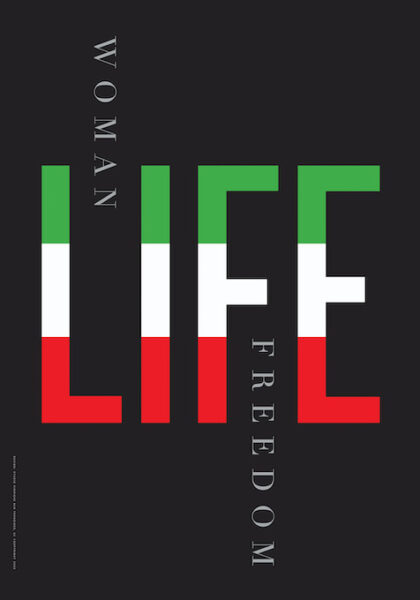
Simultaneously, I was asked by a dissident from Iran to join him and a global collection of designers in expressing support for the women of Iran in their fight to correct a political injustice within their own country. The only requirement of the design brief was the use of the phrase “Woman. Life. Freedom.” Those simple words became an international rallying cry to the Iranian government to address the cries of their citizens and bring back civility to the women within their country.
The work of the designer in drawing attention to social issues does not diverge far from client-focused work. Our work is still to tell compelling visual stories and move our audiences to action.
Kit Hinrichs served as principal in several design offices and spent 23 years as a partner of Pentagram before opening Studio Hinrichs in 2009.
Kit’s work is included in the permanent collections of the MoMA, New York and San Francisco, the Los Angeles County Museum of Art, and the Letterform Archive. In addition to his recent book, Narrative Design, he has co-authored five books, including Typewise, Long May She Wave, and The Pentagram Papers. He co-founded @issue: The Journal of Business and Design. Kit has chaired the AIGA Business Conference and the San Francisco Design Lecture Series. He is a member of the Alliance Graphique Internationale and an AIGA medalist.
Social: Instagram, Facebook, X, LinkedIn
